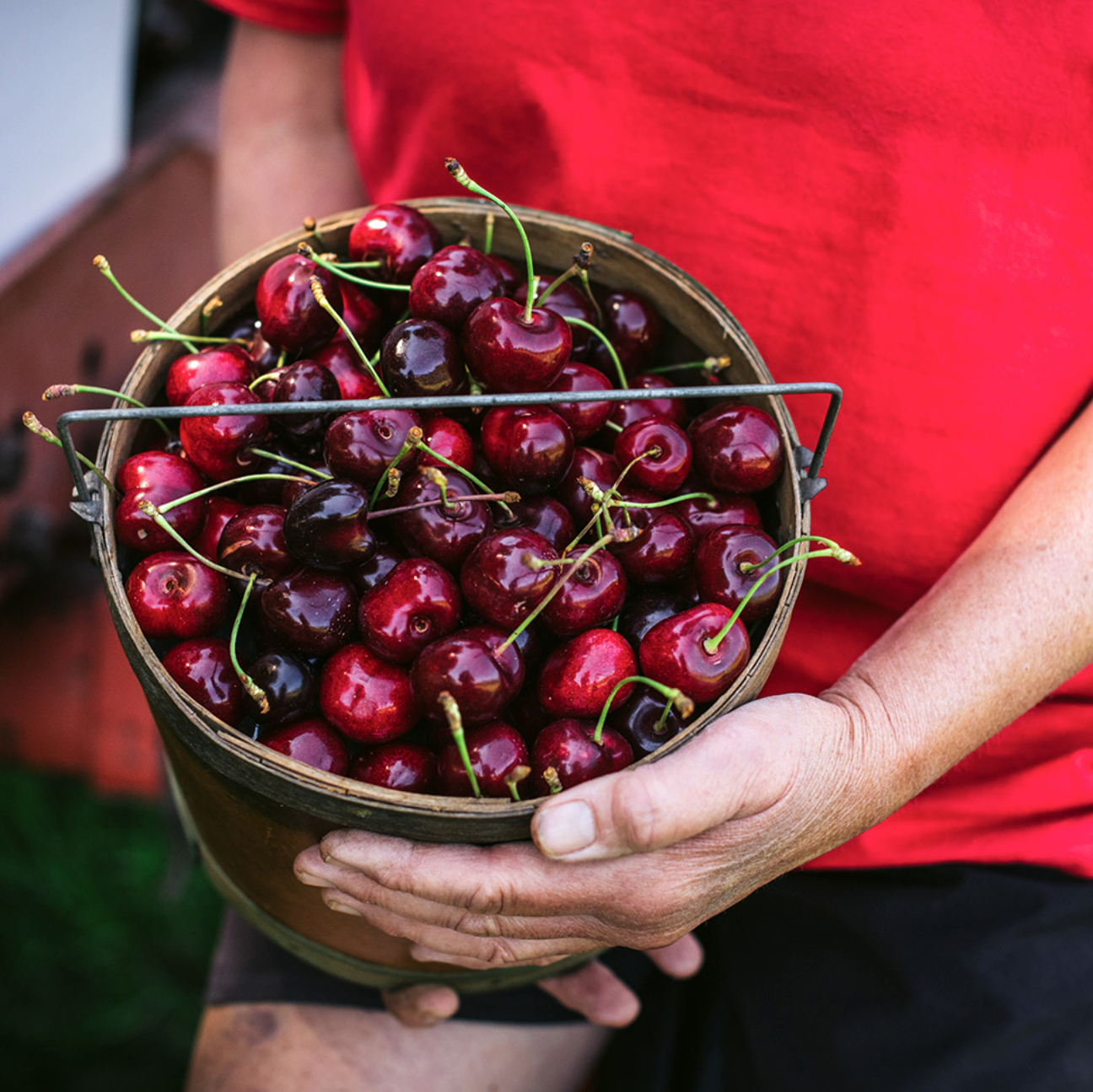The Results for the 2nd Annual USI Vinegar Competition are out!
Congratulations to all participants, especially this year’s medal winners for their outstanding products.
Don’t miss out! Explore all the incredible brands that wowed our tastebuds this year.
Check out the link below to see the full list of winners and their amazing Vinegars!

2025
Enter Your Beer to the 11th Annual Berlin International Beer Competition February 28th 2025
Only Real Trade Buyers From Around Europe Judging The Beers & Ciders & Hard Seltzers By Category & Price. Open To All Commercially Produced Beers, Ciders and Hard Seltzer From Around The World Top Winners Showcased At Our Booth At Prowein March 2025.
Latest Posts
No posts

The Vinegar Professor
Thank you for taking this journey with us as we want this to be the class you always wanted to take! We started this as a collaborative effort of passionate people with a few professional writers mixed in to keep us honest. We launched this site to be informative for the trade and the consumer who strives to know more about the wonderful world of Vinegar. More importantly, we write articles about topics we care about and that we would want to share with our friends and fellow Vinegar lovers. So please feel free to contact us with any new topics or trends or products you are seeing.

Milk and Acid: Homemade Ricotta And Other “Vinegar Cheeses”

curds and whey
Like all young children, ever since the nursery rhyme “Little Miss Muffet sat on a tuffet, eating her curds and whey,” I’ve had a sincere curiosity about the simple, yet complex art of cheesemaking. Curds, and I’m not talking about the battered-and-fried kind you’ll find at the county fair, but those small, irregularly-shaped clumps of protein and fat which coagulate when high-quality milk (not the ultra-pasturized kind) is heated and an acid is added. This separates out the liquid whey from milk, and the solid curds are then pressed together to either form a brick (cheddar) or wheel (parm), or are left fresh, like ricotta, which historically has been made with vinegar since the Bronze Age in the second millennium BC!
View this post on Instagram
If you want to try and make your own cheese, try ricotta — all you need is milk and an acid (recipe below). Perhaps unsurprisingly, I like to use white wine vinegar. If you want a prime example of others that do too, try Calabro; made in Bridgeport, CT since 1953, it’s fluffier texture is great fresh applications, like a dollops atop pasta, or Galbani, which I use if I’m going to cook/bake with it (e.g. stuffed shells, ricotta gnocchi, lemon ricotta cake). It’s so easy to make yourself, even ask television’s own Barefoot Contessa: Ina Garten, whose recipe uses three glugs of “good white wine vinegar.” Chefs like Missy Robbins of Misi in Williamsburg, Brooklyn, have a following for her often replicated whipped ricotta toast.

Robyn Jackson
Curious to know a little bit more about how acid, and vinegar in particular, has played a role in cheesemaking throughout history, I reached out to author and educator Robyn Jackson of Cheese From Scratch. It turns out that milk is kind of a magical ingredient, composed of an average 87.5% water; the rest is protein. Milk is able to remain a liquid substance because the main proteins, aka casein, are in large groups called micelles; they’re negatively charged which keeps them suspended and apart. “I like to think of them as clusters of Legos all stuck together,” quips Jackson. Adding vinegar introduces a positively charged hydrogen ion that neutralizes these charges, and the casein clumps together, causing curds. Vinegar’s pH is what causes the coagulation.

Pecorino Ginepro
Jackson remembers that as a child, her mother would combine vinegar and milk as a substitute for buttermilk. ”A cup of milk and a tablespoon of vinegar was enough acid to cause the proteins in the milk to denature and begin to attract.” While ricotta is probably one of the most well known “vinegar cheeses”, there are also instances of vinegar being used to make mozzarella, paneer and other homemade processed cheeses. There are not many cheeses that use vinegar, but even more so, “the variety of vinegar [used] in cheeses is not huge,” Jackson jests, meaning that you’ll likely see a white wine vinegar in the recipe, “but different vinegars [ca be used] to mix things up and create unique cheeses.”

Fiscalini Balsamic Onion Cheddar
I’ve even found a few cheeses that highlight vinegar both in the process and showcase it as a part of the final product, like the Balsamic Onion Cheddar from Fiscalini in Modesto, California, which is infused with vinegar from a local California maker called Sparrow Lane. Yielding the cheese’s signature striated pattern, it adds to the cheese visually,, as the vinegar and toasted minced onions added in, give it a bold note reminiscent of French Onion Soup. And one of my favorite cheeses from Emilia Romagna, semihard sheep cheese called Pecorino Ginepro, is bathed in locally-made balsamic vinegar, and coated in juniper berries, before aging the actual cheese in oak barrels. Its deep brown rind adds a fruity, woodsy aroma to the full-flavored cheese.
Vinegar is often the first step to making a good cheese, so why not use a great vinegar?!
RECIPE:
Homemade Ricotta
Adapted from Robyn Jackson’s Cheese From Scratch

Ingredients:
1 gallon high-quality whole milk
1/4 cup of white vinegar dissolved in ¼ cup cool water
Salt to taste
Instructions:
In a large pot, warm the milk to 190°F and remove from the heat.
Add the vinegar to the warmed milk and stir well to combine. The cheese will begin to separate (into curds and whey). Let the mixture sit covered for 10 minutes. Most of the separated cheese will rise to the top of the pot. At this point, you should clearly see the separation of yellow whey and white cheese, if you do not see this separation add more vinegar until it forms small curds. Cover the pot and let it rest for 10 minutes more.
Use a slotted spoon to scoop the curds into a fine mesh strainer.
Allow curds to drain for 10 minutes or until the desired consistency is achieved.
Stir in salt to taste and serve warm or refrigerate for up to a week.

Bittersweet & Balanced: Balsamic Vinegar of Modena PGI
























